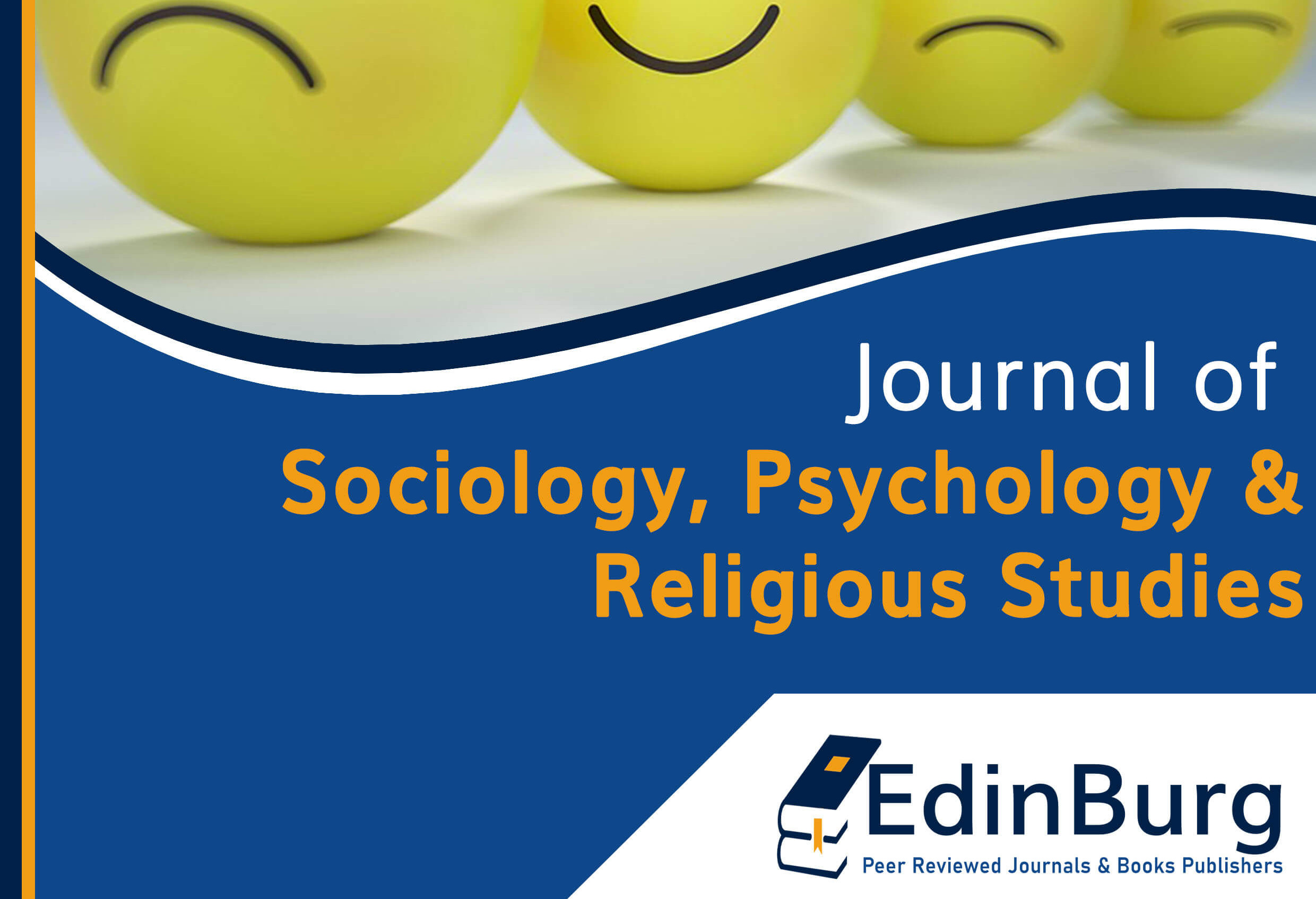The Role of Social Media in Identity Formation among the Teens Aged 13-19 Years of African Inland Church, Utawala Nairobi
DOI:
https://doi.org/10.70619/vol5iss2pp30-48Keywords:
Social Media, Identity Formation, Teens Aged 13-19 YearsAbstract
This study investigates the role of social media in identity formation among the teens of AIC Utawala. The study is a clear indication that social media has an impact either positive or negative on identity formation among teens an idea that should be well understood by teen pastors and patrons to guide the teens in the right way at the time of identity crisis. The study is grounded on qualitative research method as through qualitative research, the researcher can test the hypothesis through the interview. The population of the study was 200 young people aged 13 to 19 years in the AIC Utawala Local Church. Data was analyzed thematically, and presentations were done in tables and diagrams. The study established that social media has influenced teenagers' identity formation. The study also established that social media causes the disaggregation of teenagers' identity and the formation of another identity, due to the fact that teenagers modified their appearances so that they attract more likes and comments. The study recommends that there is a need to closely guide teenagers on how to use social media highlighting the dangers of social media. The study therefore recommends that there is a need to regulate access and use of social media particularly among teenagers to protect them from identity distortion.
References
Baumeister R.F., Bratslavsky E., Muraven M., Tice D.M. 1998. “Ego depletion: Is the active self a limited resource?” Journal of Personality and Social Psychology, 74, 1252–1265.
Boyd D. 2014. It's Complicated: The Social Lives of Networked Teens. Yale University Press.
Burrow, A. L., Rainone, N. 2017. How many likes did I get? Purpose moderates links between positive social media feedback and self-esteem. Journal of Experimental Social Psychology, 69, 232-236
Burtler, Jude and Hendricks, Beth 2022. Magic Bullet Theory of Mass Communication: Definition & Overview.
Doble, Kerri 2018. Social Media’s Influence on Adolescent Identity. Lesley University Community of Scholars Day 17.
Festinger, L. 1954. “A theory of social comparison processes.” Human Relations, 7(2), 117-140.
Gabriel, F. 2014. “Sexting, selfies and self-harm: Young people, social media and the performance of self-development.” Media International Australia, 151(1), 104- 112.
Gee, J.P. 2017. Teaching, learning, and literacy in our high–risk high-tech world. New York, NY: Teachers College Press.
Goffman E. 1959.The presentation of self in everyday life. New York: Anchor Books.
Gordon, Jason 2022. The Business Professor: Hypodermic Needle Theory- Explained. Michigan, Sage.
Haferkamp, N., and Krämer, N. C. 2011. “Social comparison 2.0: Examining the effects of online profiles on social-networking sites.” Cyberpsychology, Behavior, and Social Networking, 14(5), 309-314
Ho, S. S., E.W.J. Lee, E. W. J. and Liao, Y. 2016. Social network sites, friends, and celebrities: The roles of social comparison and celebrity involvement in adolescents' body image dissatisfaction Social Media + Society.
Journal of Abnormal Child Psychology, 43(8), 1427-1438.
Kim, S. 2004. Individual-level Factor and organizational performance in Government Organizations. Journal of Public Administration Research and Theory, 15 245-261.
Meshi, D., Morawetz, C., and Heekeren, H. R. 2013. “Nucleus accumbency response to gains in reputation for the self relative to gains for others predicts social media use.” Frontiers in Human Neuroscience, 7, 439.
Metzler, A., & Scheithauer, H. 2015. “Adolescent self-presentation on Facebook and its impact on self-esteem.” International Journal of Developmental Science,9, 135-145
Nesi, J., and Prinstein, M. J. 2015. Using social media for social comparison and feedback: Gender and popularity moderate associations with depressive symptoms.
Steinberg, L., Morris, A. S. 2001. “Adolescent development.” Annual Review of Psychology, 52, 83-110.
Turkle, S. 2011. Alone together: Why we expect more from technology and less from each other. London. Basic Books
Valkenburg, P. M., Koutamanis, M., and Vossen, H. G. M. 2017. “The concurrent and longitudinal relationships between adolescents’ use of social network sites and their social self-esteem.” Computers in Human Behavior, 76, 35-41.
Vohs K.D., Baumeister R.F., and Ciarocco N. 2005. Self-regulation and self-presentation: Regulatory resource depletion impairs impression management and effortful self-presentation depletes regulatory resources. Journal of Personality and Social Psychology, 88, 632–657.
Yang, C. and Brown, B. B. 2014. Facebook audience feedback and college freshmen’s sense of self. Poster presented at the biennial meeting of the Society for Research on Adolescence, Austin, TX.
Downloads
Published
How to Cite
Issue
Section
License
Copyright (c) 2025 Daniel Kyalo Mutinda, Prof. James Nkansah Obrempong, Prof. Josephine Mutuku Sesi

This work is licensed under a Creative Commons Attribution-NonCommercial-NoDerivatives 4.0 International License.





